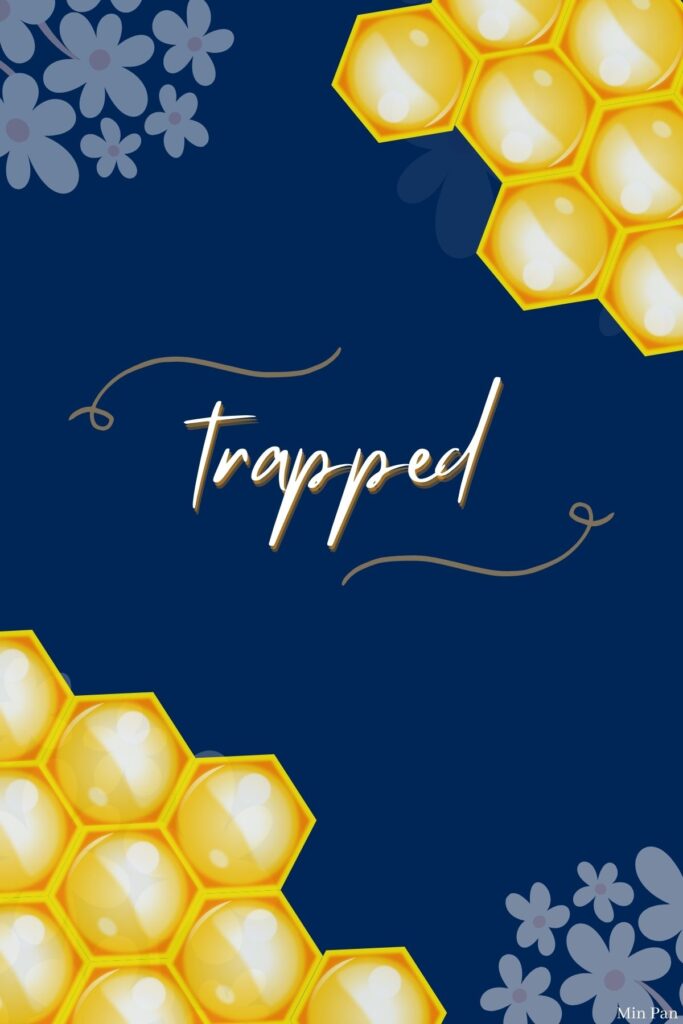“It’s like a magazine” would be the simplest way I would describe what a zine is. But a zine is different from the colorful booklets we pick up to randomly flip through pages at a doctor’s office. Of course, they share similar elements of having images, texts, and messages – a medium where art, stories, and advertisements are pieced together – but the do-it-yourself nature of a zine is the “cornerstone for marginalized voices” free from corporate goals (Rona Akbari, The Creative Independent). I would say, the personal nature of a zine is what makes it different from a magazine. We don’t need to be a professional artist, writer, or publisher to be a producer of art.
Our final project was to make a zine relating to our experiences during the pandemic and to the class. In all honesty, it was a struggle. In my optimism to start early, our class had zine study sessions over week 2. You would think that starting early meant having my zine completed early. Alas, that was only a fruitful hope.
In the beginning, my idea was focused on “ethnic heroes.” I wondered, in my childhood, who was someone (American) I looked up to that “looked like me”? Certainly prior to this class, I didn’t learn about activists, Grace Lee Boggs or Yuri Kochiyama, who fought for our human rights. My “American” childhood was very much revolved around the Suite Life of Zack and Cody, Wizards of Waverly Place, Hannah Montana, Malcolm in the Middle, and the Simpsons. Like many other Cantonese speaking kids, I also grew up watching a lot of TVB shows. When I think about Asian American role models, the only person that came to mind was Michelle Kwan and that was because we had her autobiography at home. Other kids in my grade talked about Bruce Lee, but I always thought he was a martial arts icon from Hong Kong since all the references I got of him were from TVB. Embarrassing, right? But the idea of doing a zine on “ethnic heroes” was just not calling to me. So, for the rest of week 2, I mulled about in a cycle of unmotivation that carried on to week 3.
But I was in an emotionally worse state during week 3. I didn’t know what I was looking for, and I was becoming increasingly restless. While I was going through my internal turmoil, I was also reminded that there are more than 200,000 people dying due to COVID19. “Oh shoot,” I thought, “here I am worrying about school and forgetting that a global pandemic is still happening.” Adding on to my stress was this feeling of uncertainty. Usually, I would have a general idea of my emotions…but I couldn’t pinpoint why I was so unmotivated. When my professor and Ocean Vuong, writer of On Earth We’re Briefly Gorgeous, was describing how the process of creating doesn’t have to be towards finding closure, I wondered what exactly does that look like. What does it mean for my zine to not “conclude” with closure? The funny thing was, I wasn’t even sure what I wanted healing from, but I that thought of “closure” kept returning. In me, there was this hope that as I wrap up my zine, I would feel more at peace. But I just feel as trapped as before. Hence, the title of my zine – “trapped.”

Did you just read a few paragraphs of nothingness – yup. What I do know, though, is that the process of making a zine illustrates a message that we’ve been having a dialogue about in class. Art doesn’t always have to have an answer. The role of art, however, is a medium for us to recognize that we have the power and ability to be cultural producers. We are all shaped by different moments of joy and sorrow, of content and loss, of peace and war, and taking charge of our own narratives is also a form of resistance and solidarity with each other.